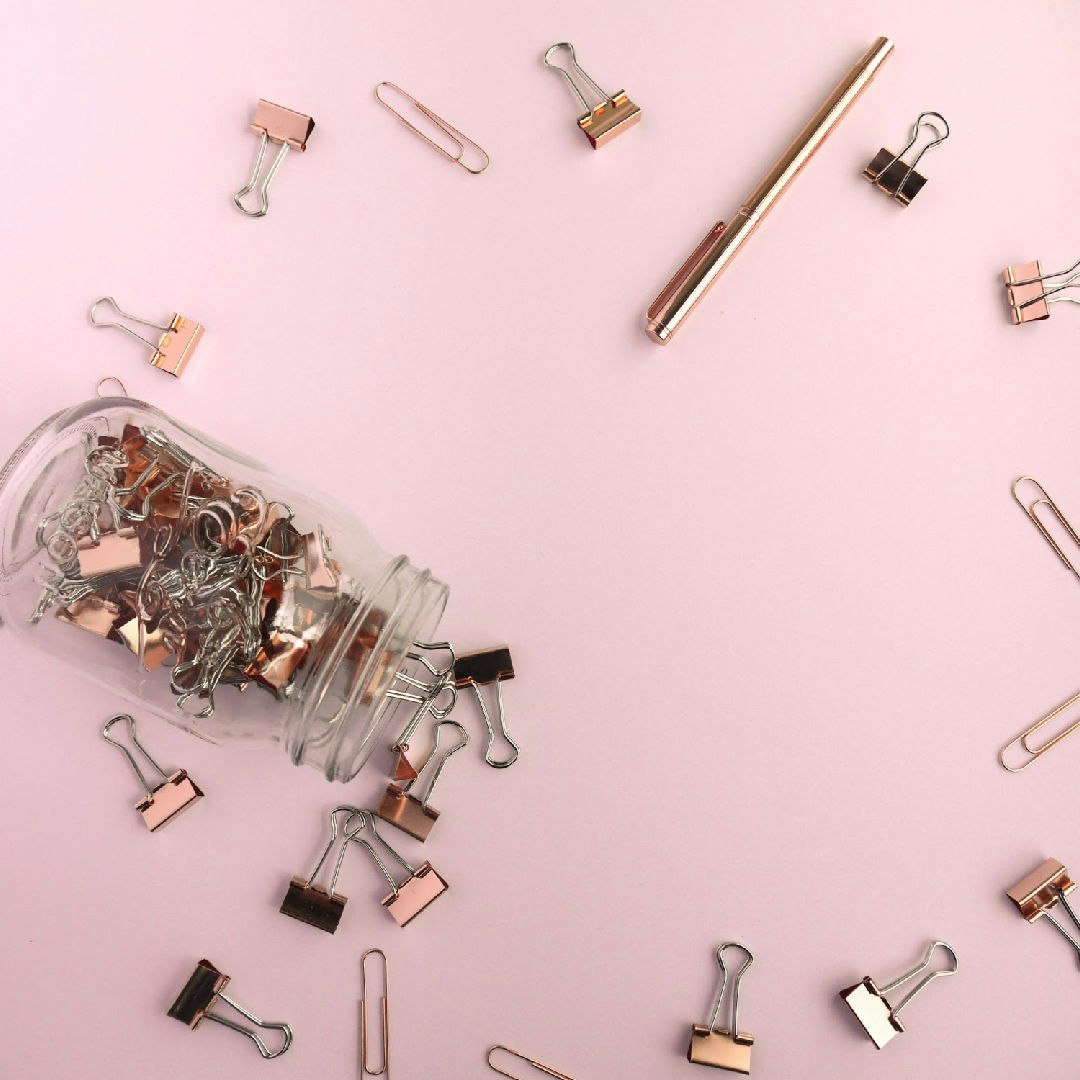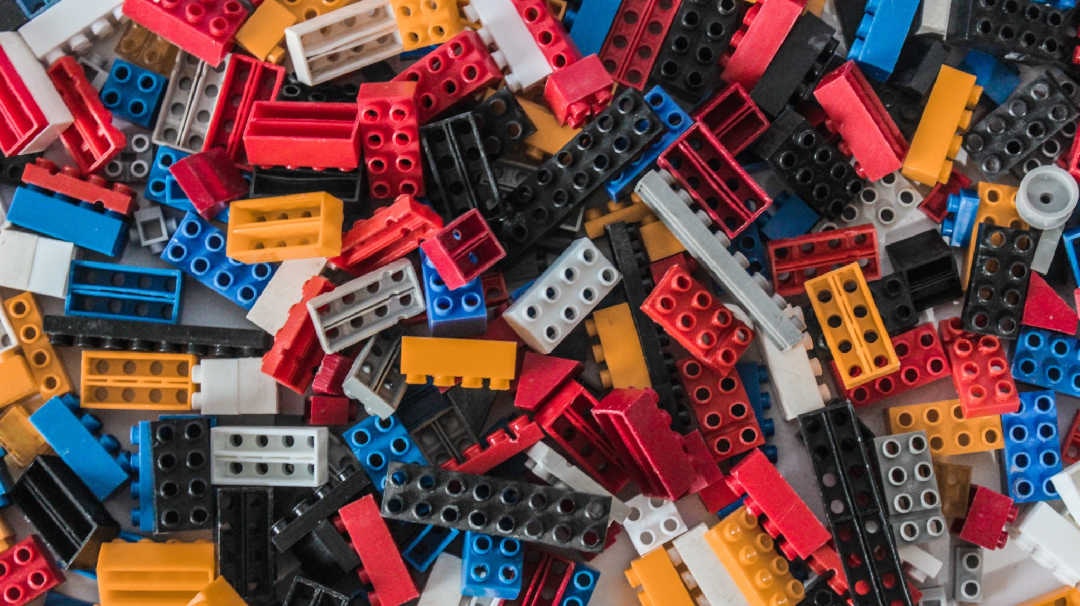Throughout my 10 years or so of weaving I’ve used many items to weight my floating selvedges and/or broken warp ends. Some have worked beautifully and some not so much. Here, in my opinion, is where they stand from least to most useful.
Binder Clip Clipped to Something Heavy-ish
For this first method, I tied the floating selvedges around the handle of a large binder clip and then clipped it to something with a bit of heft, I’m not sure exactly what. It didn’t matter, of course, because this worked terribly. This method came from me not being able to find my normal floating selvedge weights and just grabbing random items from my basket of weaving stuff. The handle of the clip was so thin that undoing the knot tied around it when I needed to move the weight took far longer than finding a halfway decent weight from the start.
Ink Pen
This is another method born out of not being able to find my normal weights for floating selvedges or having so many broken warp ends that I ran out. For the pen method I’d tie my thread around the clip on a clicky-bottom ink pen. I’m sure I probably tried it with a capped ink pen and immediately realized the error of my ways, but time has erased any such memory. This worked Ok, but I hated how the ink pens would twist around as they were moved. It was also not easy to untie, similar to the binder clip method. Slightly better, but not great.

Random office supplies that just happen to be within arm's reach when you need to weight a floating selvege are, generally, not the best choice for weighting a floating selvedge. Photo Credit: Eleni Koureas on Unsplash.
Film Cannister/Medicine Bottle Weighted with Coins
When I first learned to weave, I was taught the film cannister method. Of course, even then, film cannisters were hard to find, but I’ve found old pill bottles work just as well. I’ve tried using film cannisters in two ways: One wherein I place the whole of the thread within the cannister and another where I tie the thread around the neck of the bottle, just under the lid. On the whole it works Ok, although sometimes with technique A the thread will manage to slip out and the weight will hit the floor with a thump.
S-Hooks
For a long time, S-hooks were my favorite way to weight my floating selvedges and broken warp ends. I learned from Madelyn’s video Warping Your Loom that if you warp your floating selvedges the same way you warp the rest of your warp so all you need to do is slip an S-hook on the floating selvedges and you don’t have to touch it until the apron rod is over the back beam. Of course, I don’t always remember to do this, so I’ve also used the traditional tied method. Both ways are great, although they have flaws. With the first method once the apron rod is over the back beam you need to do some maneuvering to keep your floating selvedges floating which is a pain. With the tie-on method the S-hooks are slippery so sometimes bows will undo themselves and the S-hook will slam to the ground with a loud clunk which is scary when you have wood floors.

Believe it or not, the best weight for your floating selvedges is a toy. Photo credit: Francisco Jacquier on Unsplash.
Interlocking Toy Construction Blocks
I learned this method from a letter somebody sent to Handwoven years ago. For this method you need something like Lego bricks—I’ve used both Legos and Megablocks. You simply snap the blocks on the warp end and add blocks as needed to weight it down. It’s so easy and works well. I personally prefer using the larger blocks because I can easily butterfly and fit the tail of the end in the block so it doesn’t get tangled. The blocks stay put and are easy to unsnap and adjust. If the end were to slip out of the blocks they don’t make a huge amount of noise nor would there be potential damage to my floor (looking at you S-hooks). The only downside is one of these days my toddler is going to realize I’m stealing his toys for my weaving and he will want them back
No matter how you weight your floating selvedges, they’re the key to keeping your selvedges clean and tidy when weaving certain weave structures such as twill. Not sure why we even need to use these two (or more) extra ends? Madelyn explains what floating selvedges are and why we use them here. Floating selvedges not getting enough height? Madelyn helps a reader troubleshoot that very problem here.
Happy Weaving!
Christina

